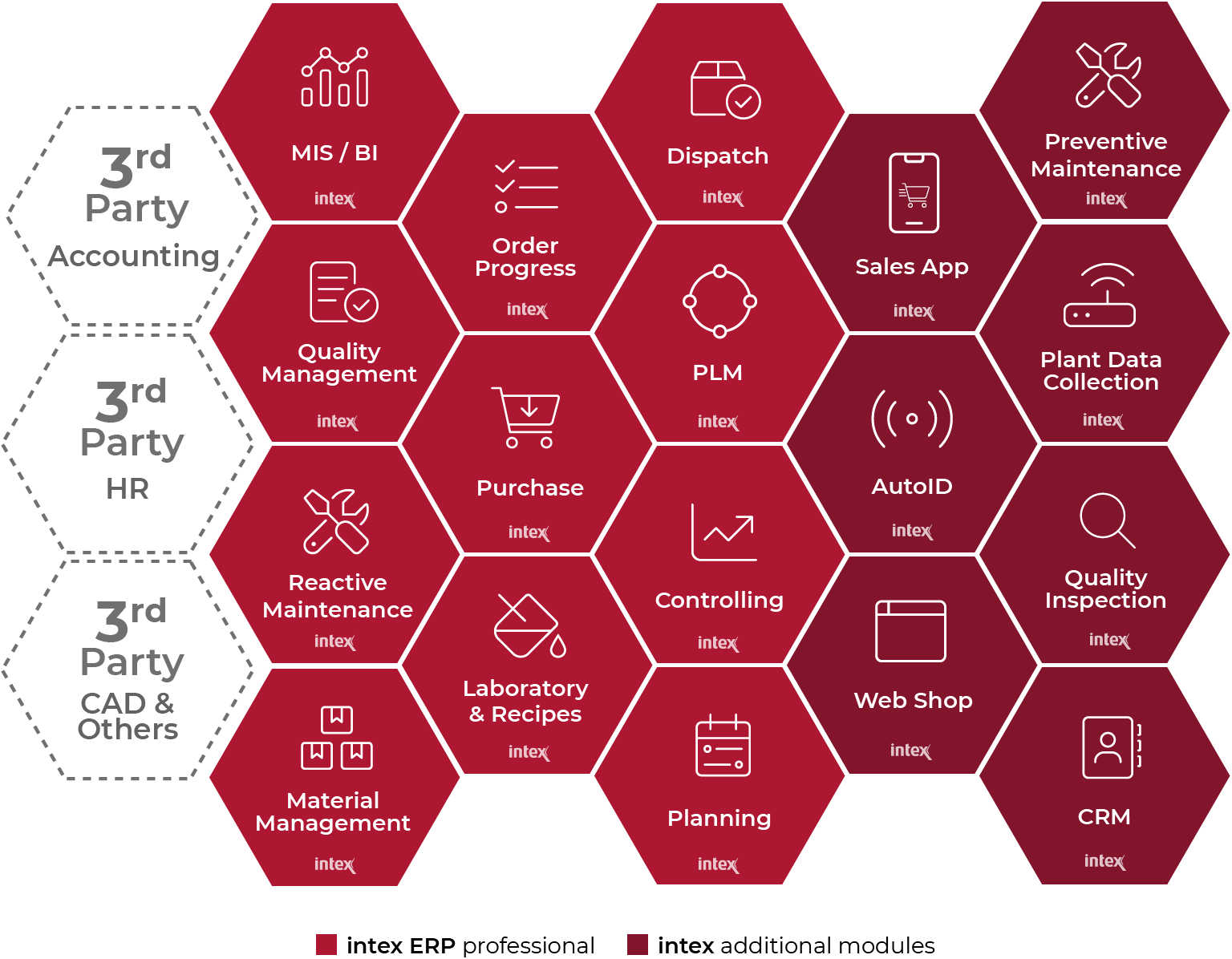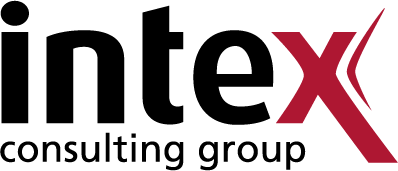
intex纺织ERP
尽可能数字化–为纺织企业的需求量身定做。
没有多少行业如纺织业这样复杂交错。 非行业特定的ERP系统很难覆盖纺织链流程s.
intex纺织ERP提供了一个标准的软件套件,专门是为了满足纺织业客户的特定需求。
纺织专用ERP和MES市场中唯一的绿色标准软件
纺织业的高度特殊需求通常不会被那些针对多行业的标准ERP和MES软件产品所涵盖。 专门为纺织企业定制开发的软件就很容易解决这些问题。 随之而来的主要缺点是功能范围有限,以及开发和维护成本高,实施时间长。
然而,Intex作为一款绿色标准软件,是专门为纺织业的客户开发的。 而您所需要的大多数特定行业的功能已经在系统中实现,并且安装即可使用。 您可以从更高的稳定性、更低的实施成本以及更便捷的更新方法中获益
展望未来
intex ERP在30多年的时间里进行了不断的改进和更新。 我们将继续保持这种态度。 选择了intex ERP,您就选择了一个面向未来的软件,它将与您在未来几年里共同成长
凭借着一个最先进的数据连贯的通用数据库,intex ERP作为一个高性能的解决方案,将优化您的流程。
完全国际化
intex咨询集团有限公司在6个国家有自己的员工,并在全球25个国家实施,是一个完全国际化的商业软件和实施合作伙伴。
我们的软件不仅支持13种语言,而且其打印报表也是多语种的。 由于我们已经提前为纺织生产流程设置了参数化的表格和打印格式,所以在实施时可以直接交付一套预先配置的标准表格和打印格式。 仅仅只需要作一些调整,不需要重新去配置框架。 与其他系统不同,表格和打印输出参数只需要用母语进行一次调整。 不需要进一步的参数化其他表格和报告就能被简单地翻译。 智能,对吧?
纺织业是全球化程度最高的行业之一,同时也有一个多文化环境 随后,我们会针对每个用户配置单独的语言。 无论身在何处任何人都应该乐意用自己喜欢的语言工作。 仅仅通过登录信息来激活语言设置,方便简洁。
唯一源代码开发
使用intex的最大优势之一就是其单一的开发来源。
由于intex涵盖了整个流程,所以模块之间不存在兼容性问题,也不需要使用多个应用程序来满足一个单一的流程,只需要在一个集成系统中进行连续的流程。
除此以外,单一来源的开发也意味着单一来源的支持。无论你是想在你的CRM中调整接点引线的过程,还是在生产计划中采集新机器数据。我们intex的团队都能以最直接的方式支持你。
集成财务软件
Intex咨询公司不会提供任何财务会计解决方案。 这是我们软件的软肋吗? 在我们看来,这是一个相当大的优势。 任何与估价、库存管理、基于特定任务机器的标准成本计算、基于实际时间和监测消耗的实际成本计算、利润率计算、发票过账、信用额度控制、所有与纺织材料有关的功能,intex都能涵盖。 仅仅以简单的方式集成纯粹的财务系统。
一些国家的税收法规和当地法律法规的频繁变化导致了我们会从一开始就遵循这一战略,并打算以这种方式继续进行。 如果当地的法律法规涉及到intex的功能,它们也会顺其自然的被开发到标准系统里。 例如,intex涵盖了意大利和土耳其的电子发票流程(EVRIM)等等。 Intex咨询公司将会向总账提供数据,并会频繁的同步更新。 因此,intex可以专注于提供数据和增加纺织企业利润率–而我们的客户可以自由选择最好的财务系统来满足他们的需求。
如果您对这个问题有任何疑问,请随时与我们联系!


